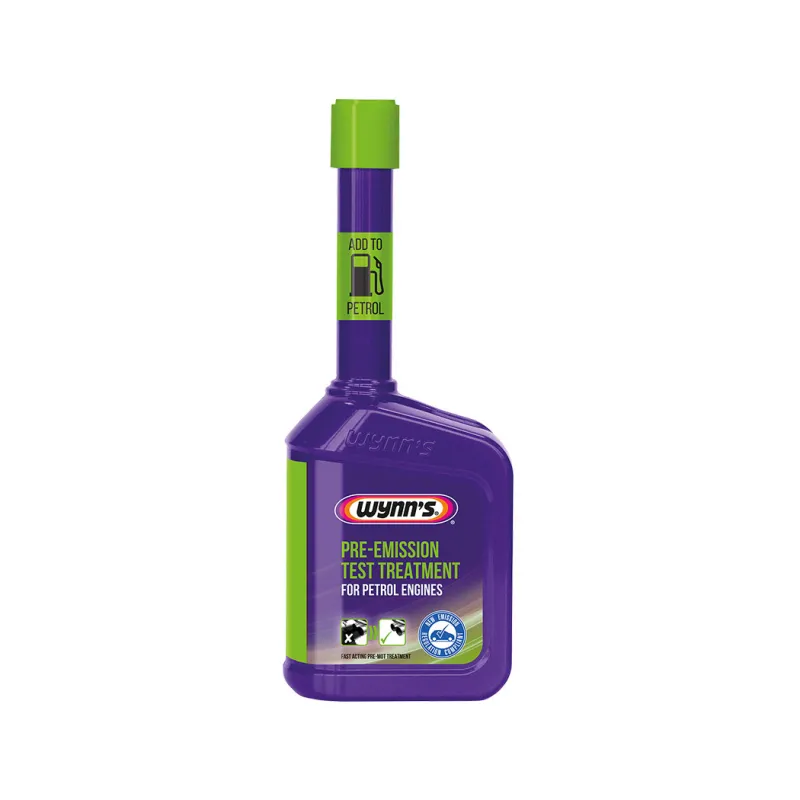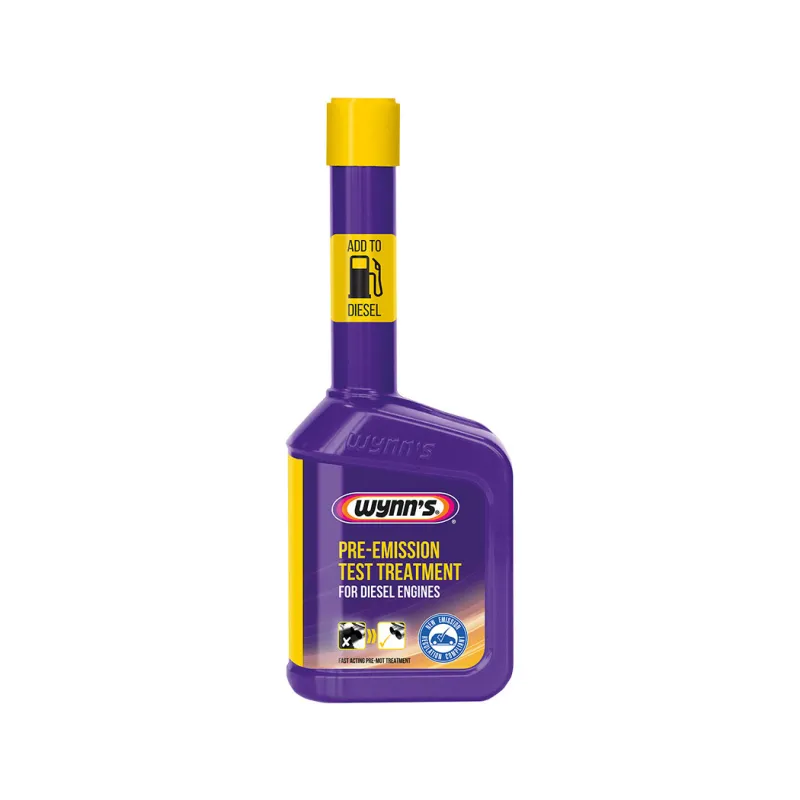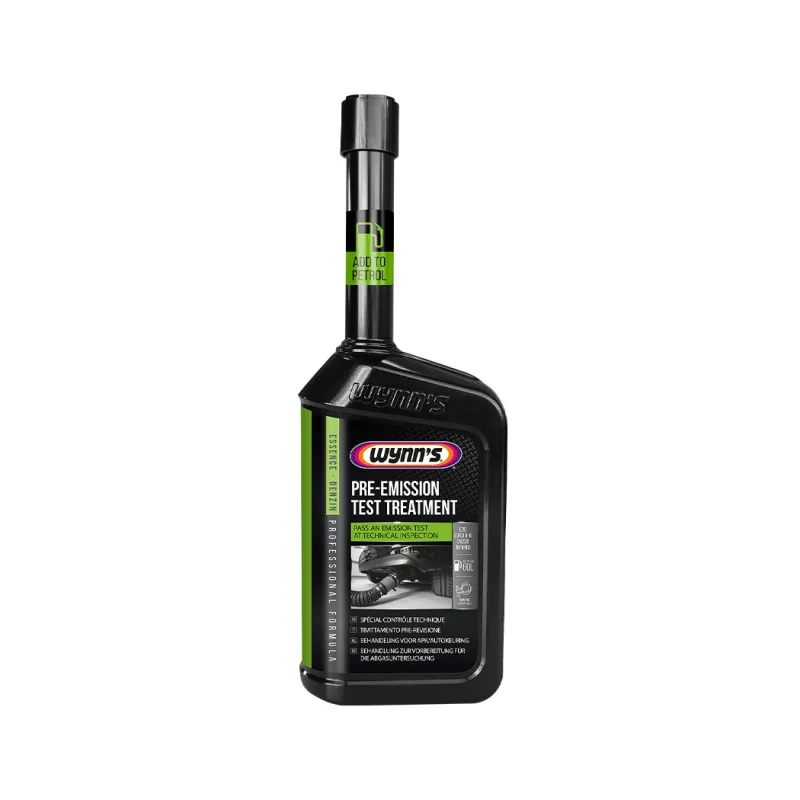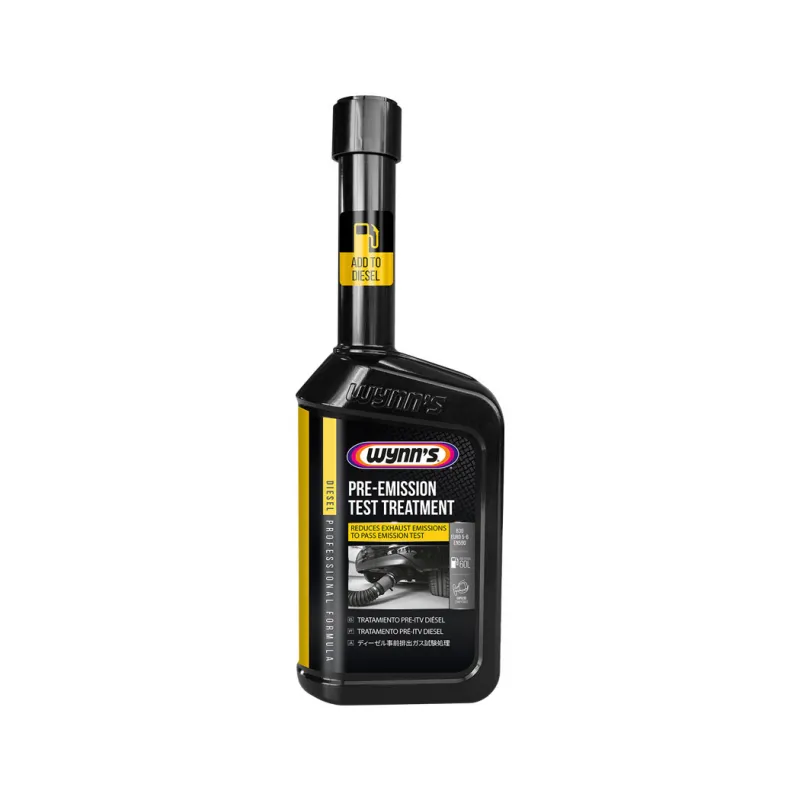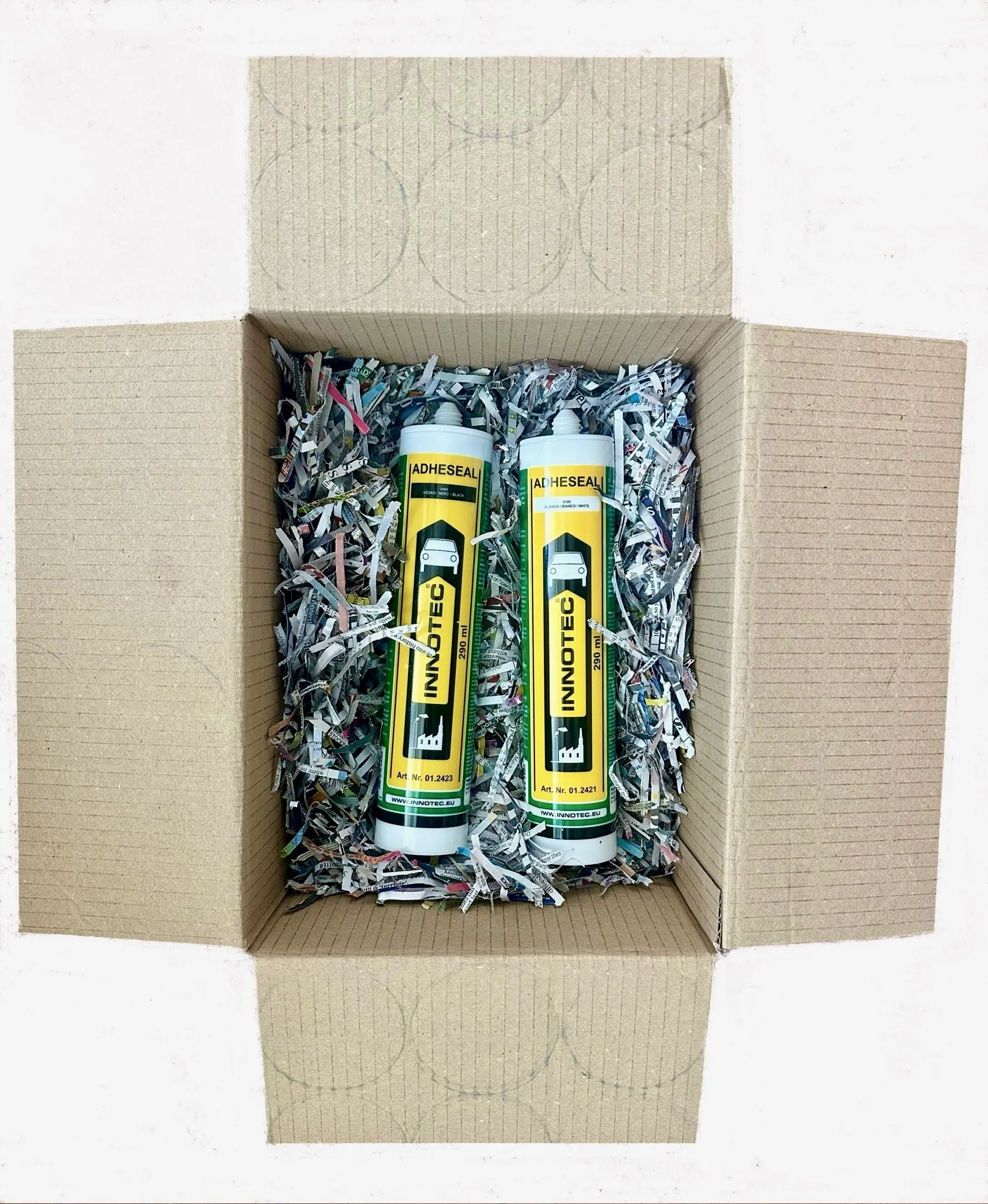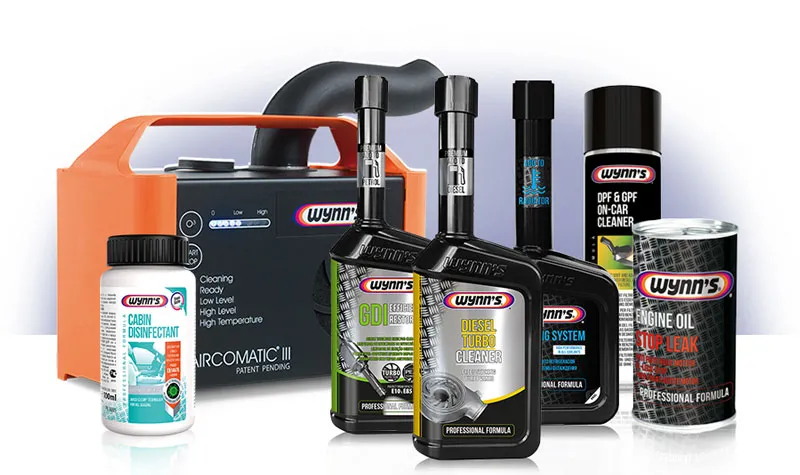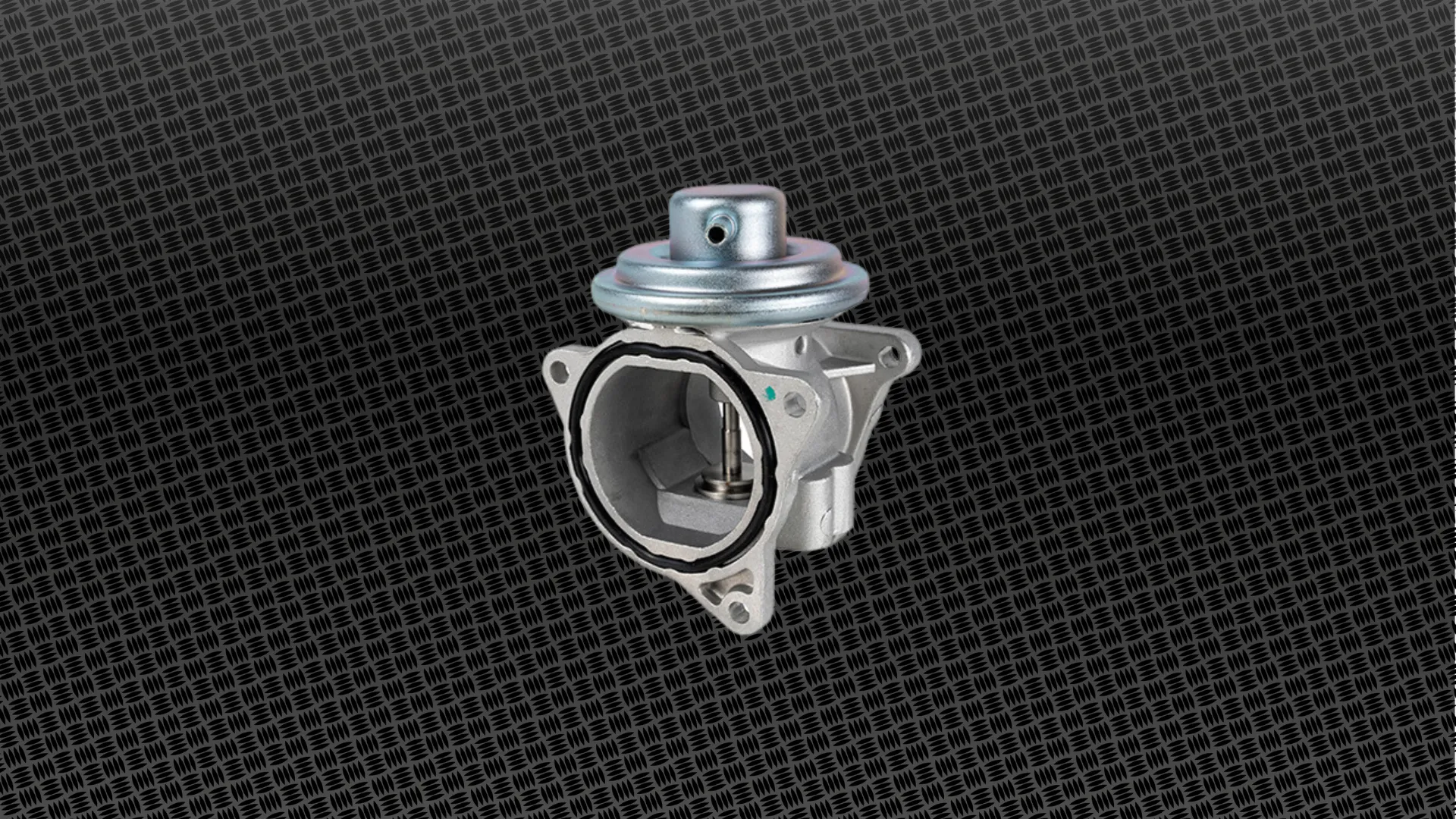In 2018, stricter MOT rules were introduced in the UK, particularly for diesel vehicles.
This led to a significant increase in the number of diesel cars failing the emissions test. Reports indicated that after these changes, diesel vehicles were failing at a rate up to four times higher than before.
According to a study by What Car? in 2019, around 1 in 6 diesel cars failed their MOT due to emissions-related issues. This roughly translates to around 16-17% of all diesel cars tested.
By 2020, it was estimated that approximately 12-15% of diesel vehicles failed the emissions test during their MOT. This percentage fluctuates yearly based on changes in vehicle technology, age of the diesel fleet, and the stringency of the tests.
However, with millions of MOT tests conducted each year in the UK, the actual number of diesel vehicles failing the emissions test is likely in the hundreds of thousands. For instance, if 10 million diesel cars undergo MOT testing in a year and 12% fail due to emissions, that would mean around 1.2 million diesel cars fail their emissions test annually. These numbers highlight the ongoing challenges with diesel emissions, particularly as emission standards become more stringent to address environmental concerns.
Understand Why You Failed the MOT Emission Test
Before you dive into solutions, it’s crucial to understand why your vehicle failed the emission test. Here are a few common reasons:
- High carbon monoxide (CO) levels: This can indicate that your engine is burning fuel inefficiently.
- Elevated hydrocarbons (HC): Usually a sign of incomplete combustion or unburnt fuel.
- Excessive nitrogen oxides (NOx): Often related to combustion temperature and exhaust system issues.
- Malfunctioning oxygen sensor: This sensor monitors the air-fuel mix and if faulty, can disrupt the emissions balance.
- Catalytic converter issues: A damaged or clogged catalytic converter can lead to excessive emissions.
Understanding these causes can help you make an informed decision about the next steps and what products, like Wynn’s Pre-Emission Test Treatment, may work best.
The Wynn’s solution
Wynn’s Pre-Emission Test Treatment is designed to help vehicles pass emissions tests by cleaning the fuel system and improving combustion efficiency. Here’s how it works and the benefits it offers:
- Fuel System Cleaning: The treatment cleans the fuel injectors, intake valves, and combustion chambers, removing carbon deposits and other build-ups that can affect emissions.
- Improved Combustion: By cleaning these components, the treatment helps ensure more complete and efficient fuel combustion, which can reduce harmful exhaust emissions.
- Reduction of Smoke and Soot: Cleaner combustion can lead to a reduction in smoke and soot production, particularly important for diesel engines.
- Catalytic Converter and Oxygen Sensor Protection: By ensuring a cleaner burn, the treatment helps protect and extend the life of catalytic converters and oxygen sensors, both critical components in the emissions control system.
Benefits of Using Wynn’s Pre-Emission Test Treatment
- Lower Emissions: Helps reduce levels of hydrocarbons (HC), carbon monoxide (CO), and nitrogen oxides (NOx) in the exhaust, increasing the likelihood of passing an emissions test.
- Improved Engine Performance: Cleans critical components, which can lead to smoother engine operation, better fuel efficiency, and restored power.
- Cost-Effective: A relatively inexpensive preventive measure that can help avoid the higher costs associated with failing an emissions test and subsequent repairs.
- Easy to Use: Add to the fuel tank before refuelling, makes it a convenient option.
Information provided by SWL and Wynn's 2025.



